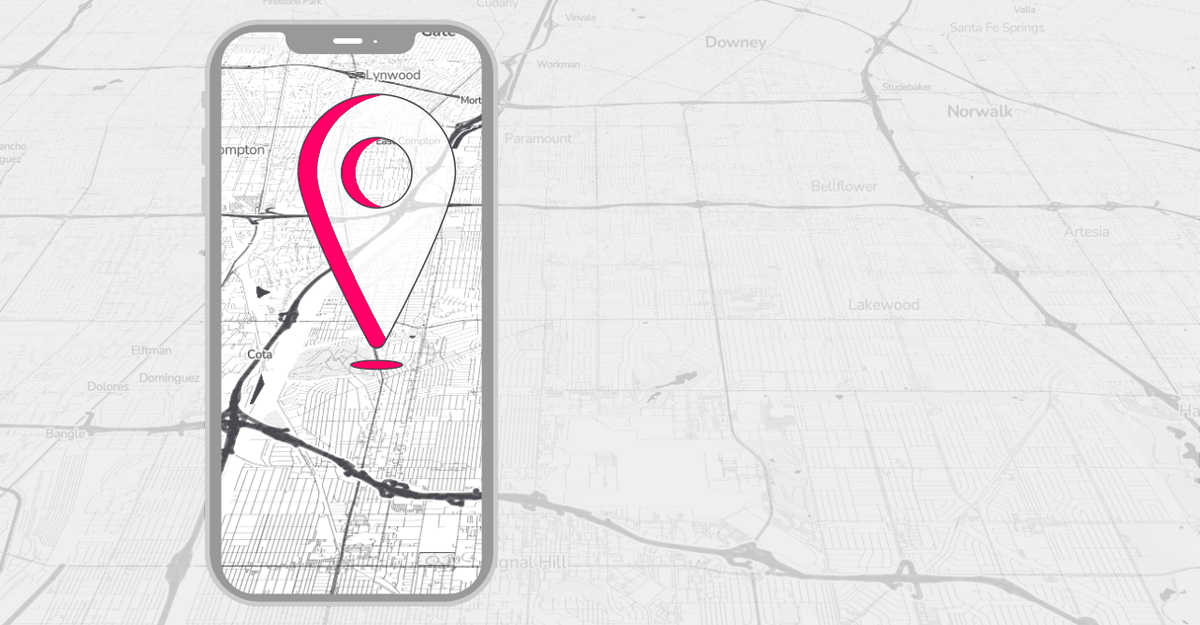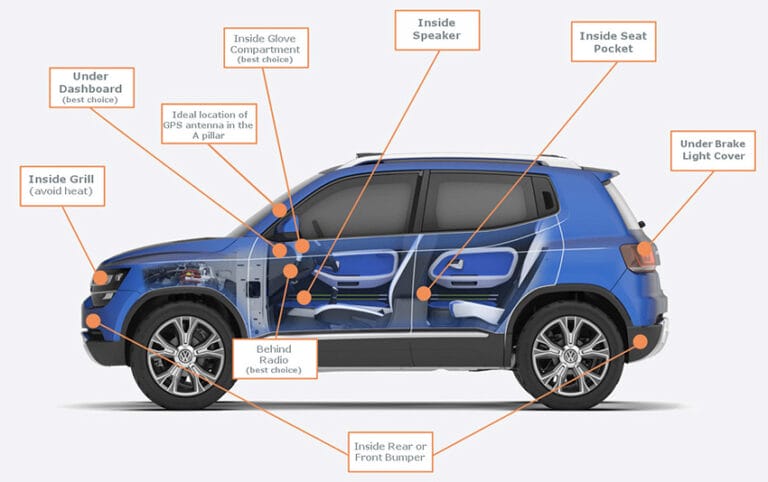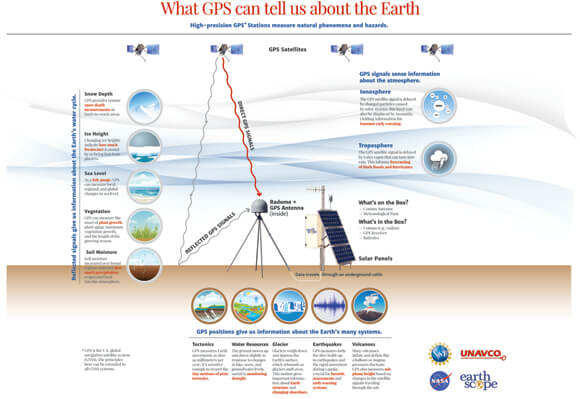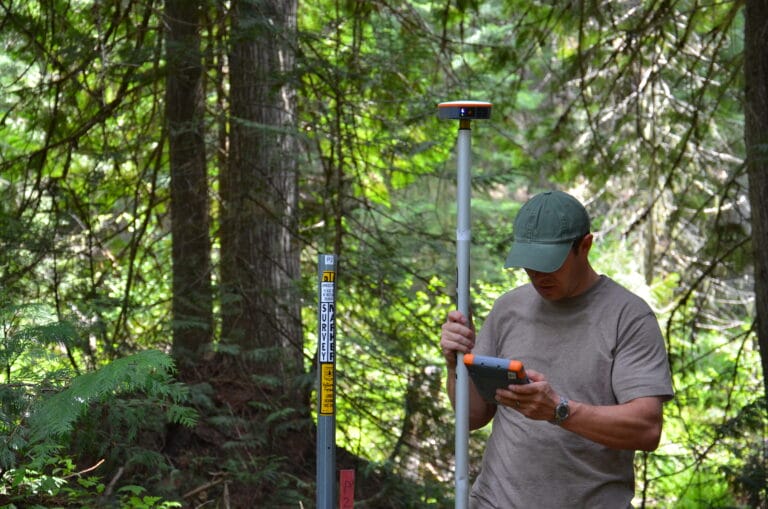
Welcome to a user-friendly guide that will demystify the world of geolocation technology! In this guide, we’ll explore how this fascinating technology works, its practical applications, and how it affects our everyday lives.
Imagine being able to pinpoint your exact location, find nearby places, or track the location of a friend or delivery in real time. Geolocation technology is what makes all of this possible. It uses a combination of GPS (Global Positioning System), Wi-Fi signals, and cellular data to determine the precise location of a device.
From navigation apps that help us find our way to location-based services that suggest nearby restaurants or stores, geolocation technology is integrated into a wide range of applications and devices. It brings convenience, efficiency, and endless possibilities to our fingertips.
So, grab your virtual map and get ready to embark on an exciting journey through the world of geolocation technology. Let’s uncover the mysteries behind this technology, understand how it works, and discover the incredible ways it impacts our lives.
Geolocation Technology Explained
Geolocation technology is revolutionizing the way we interact with the world around us. By harnessing the power of GPS, Wi-Fi, and cellular signals, this technology enables accurate location tracking and personalized experiences. From finding nearby restaurants to navigating unfamiliar streets, geolocation enhances our daily lives. Discover how this user-friendly technology works and explore its wide-ranging applications. Get ready to delve into the exciting world of geolocation technology!
What is Geolocation Technology?
Geolocation technology is the process of identifying and determining the geographical location of a device or object using various methods such as GPS, cellular networks, Wi-Fi, or IP addresses. It allows devices like smartphones, tablets, and computers to accurately pinpoint their location on Earth’s surface. This technology has revolutionized numerous industries, from navigation and logistics to marketing and social media.
The most common method used for geolocation is GPS (Global Positioning System). GPS relies on a network of satellites orbiting the Earth to triangulate the exact location of a device. By receiving signals from multiple satellites and calculating the time it takes for each signal to reach the device, the GPS receiver can determine its precise position.
Geolocation technology has become an essential tool in our daily lives. It enables us to get directions using navigation apps, find nearby businesses, share our location with friends and family, and even track lost or stolen devices. With the widespread use of smartphones and the increasing demand for location-based services, geolocation technology has become more accurate and accessible than ever before.
Applications of Geolocation Technology
Geolocation technology has a wide range of applications across various industries. Let’s explore some of the most common uses:
- Navigation: Geolocation technology powers navigation apps like Google Maps and Waze, allowing users to find the fastest route to their destination and receive real-time traffic updates.
- Location-Based Advertising: With geolocation data, businesses can target customers based on their current location, providing personalized ads and promotions.
- Social Media: Platforms like Facebook and Instagram use geolocation to tag posts and photos with the user’s location, allowing friends and followers to see where they’ve been.
- Emergency Services: Geolocation technology enables emergency services to quickly locate individuals in need of assistance, improving response times and saving lives.
These are just a few examples of how geolocation technology is transforming various industries. Its versatility and accuracy have opened up new possibilities for businesses and individuals alike.
Benefits of Geolocation Technology
Geolocation technology offers numerous benefits to both businesses and individuals:
- Convenience: Geolocation technology makes it easier to find nearby services, whether it’s a restaurant, gas station, or ATM.
- Personalization: By utilizing geolocation data, businesses can deliver personalized experiences to customers based on their location and preferences.
- Safety: Geolocation technology plays a vital role in emergencies, enabling faster response times and improving overall safety.
- Efficiency: Logistics companies can optimize their delivery routes using geolocation technology, reducing fuel consumption and improving efficiency.
These are just a few of the many benefits that geolocation technology provides. It has revolutionized the way we navigate, interact with businesses, and stay connected with others.
Geolocation vs. IP Geolocation: Understanding the Differences
While geolocation and IP geolocation are often used interchangeably, there are some key differences between the two:
Geolocation: Geolocation refers to the process of determining the physical location of a device or object using various methods such as GPS, cellular networks, or Wi-Fi. It provides precise and accurate coordinates.
IP Geolocation: IP geolocation, on the other hand, is the process of determining the geographical location of an IP address. It relies on a database that maps IP addresses to specific locations. While it can provide an approximate location, it is less accurate than other geolocation methods.
Both geolocation and IP geolocation have their own use cases and applications. Geolocation is typically used for real-time tracking and navigation, while IP geolocation is often utilized for targeting regional content and determining the country or region associated with an IP address.
Tips for Using Geolocation Technology Safely
While geolocation technology offers many benefits, it’s important to use it safely and protect your privacy. Here are some tips:
- Be Mindful of Location Sharing: Only share your location with trusted apps and services. Check the permissions and privacy settings on your device to ensure you have control over what information is being shared.
- Review App Permissions: Regularly review the permissions granted to the apps on your device. Disable location services for apps that don’t require it for their core functionality.
- Keep Software Updated: Keep your device’s operating system and apps up to date to ensure you have the latest security patches and privacy features.
- Use Secure Networks: When using public Wi-Fi networks, be cautious about the information you access and the apps you use. Stick to secure networks whenever possible.
By following these tips, you can enjoy the benefits of geolocation technology while keeping your personal information secure.
Geolocation Technology in the Future: What to Expect
As technology continues to advance, geolocation is poised to play an even larger role in our lives. Here are some developments to look forward to:
1. Enhanced Precision and Accuracy
Advancements in satellite technology and the expansion of global positioning systems will lead to even greater precision and accuracy in geolocation technology. This means more reliable navigation, improved delivery tracking, and enhanced location-based services.
2. Integration with Augmented Reality
Geolocation technology is set to merge with augmented reality, creating immersive experiences that blend real-world locations with virtual elements. This will revolutionize industries such as gaming, tourism, and retail.
3. Increased Personalization
With the proliferation of smart devices and the growing availability of geolocation data, businesses will be able to deliver highly personalized experiences based on users’ specific locations, preferences, and interests.
In summary, geolocation technology is a powerful tool that allows devices to pinpoint their location on Earth’s surface. It has countless applications, offers numerous benefits, and continues to evolve with advancements in technology. As we move forward, geolocation will continue to shape the way we navigate, interact with businesses, and experience the world around us.
Frequently Asked Questions
Here is a user-friendly guide to geolocation technology, answering the most common questions:
1. How does geolocation technology work?
Geolocation technology determines the real-world geographic location of an object, such as a device or a website user. It relies on a combination of GPS, Wi-Fi, IP addresses, and cellular data to pinpoint the location accurately. GPS receivers in devices receive signals from satellites to calculate latitude, longitude, and altitude.
Wi-Fi and IP addresses are used to approximate location based on nearby wireless networks. Cell towers provide a general range within which a device is located. By combining these data sources, geolocation technology accurately determines the location of an object.
Geolocation technology has various applications, such as providing location-based services, tracking assets or individuals, and improving targeted advertising. It enhances navigation apps, supports emergency services, helps businesses analyze customer behavior, and much more.
2. Is geolocation technology always accurate?
Geolocation technology strives to provide accurate location information, but there are several factors that can affect its precision. Signal interference, such as tall buildings or dense foliage, can disrupt GPS signals and reduce accuracy.
When relying on Wi-Fi or IP address data, the location information may not be exact, as addresses can be associated with different points of access. Furthermore, using cell towers for geolocation can only provide an approximate location within a certain range. Lastly, user consent is required for geolocation services, and some users may choose to disable or limit access to their location information.
Despite these limitations, geolocation technology has significantly improved over the years and continues to advance, with ongoing efforts to enhance accuracy and overcome challenges. It is important to consider that while geolocation technology can provide a close approximation of location, it may not always be 100% accurate.
3. How is geolocation used in mobile apps?
Geolocation is extensively used in mobile apps to provide location-based services and enhance user experiences. Many apps, such as navigation, ride-sharing, and food delivery apps, rely on geolocation technology to determine the user’s current location and provide relevant information or services in real-time.
For example, a navigation app uses geolocation to guide users with turn-by-turn directions based on their current location and destination. Similarly, a ride-sharing app uses geolocation to match drivers with nearby riders.
Furthermore, geolocation technology in mobile apps enables businesses to deliver targeted advertising based on the user’s location. This allows businesses to reach potential customers in specific areas or target ads to users who have previously visited their physical stores. Overall, geolocation technology enhances the functionality and personalization of mobile apps.
4. How does geolocation protect user privacy?
Geolocation technology places a high emphasis on user privacy. Service providers that utilize geolocation technology must comply with privacy regulations and obtain user consent before accessing their location information. Additionally, users have the option to disable or limit the sharing of their location data in device settings or within individual apps.
Anonymization techniques are often employed to protect user privacy. This involves aggregating and anonymizing location data to prevent direct identification of individuals. Data encryption and secure storage practices also play a crucial role in safeguarding user information. Users need to review and understand the privacy policies of the apps and services they use to ensure their location information is handled responsibly and securely.
5. What are some future developments in geolocation technology?
The future of geolocation technology holds exciting possibilities. One area of advancement is the integration of augmented reality (AR) and geolocation, allowing for immersive location-based experiences. Imagine using your smartphone to explore historical sites with virtual overlays or playing location-based AR games.
Geolocation technology can also play a key role in the Internet of Things (IoT), enabling devices to communicate and interact based on location data. For instance, smart homes can automatically adjust temperature settings as users approach.
Furthermore, there are ongoing efforts to enhance the accuracy of geolocation technology, overcoming challenges such as signal interference and improving real-time tracking capabilities. As technology continues to evolve, geolocation will likely become even more pervasive and integral to our daily lives, empowering businesses, personalizing experiences, and enabling innovative applications.
Geolocation technology helps find your location using satellites and Wi-Fi signals. It’s handy for maps, weather apps, and social media check-ins.
Using your smartphone or device, geolocation provides convenience and personalized experiences. It can also raise privacy concerns, but you have control over your settings. Enjoy the benefits of geolocation while staying safe and informed.





